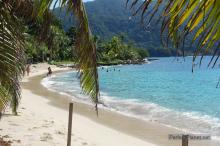Colombia, with a surface of 1.14 million square kilometers, and areas still inaccessible, is an exciting country, with impressive mountains, exuberant nature, paradisiacal beaches, but among all these wonders stands out the quality of its people.
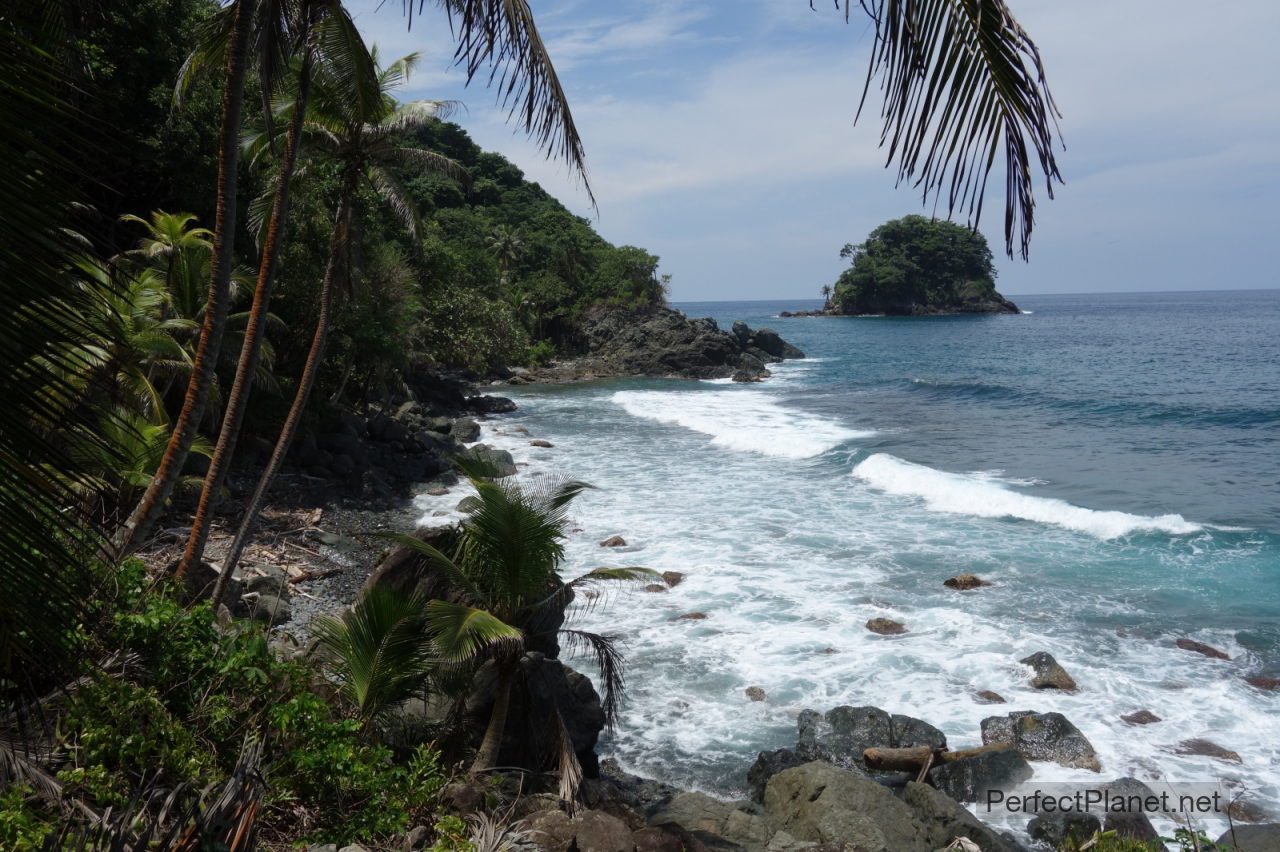
Capurgana
Visa
Citizens of America and almost all Western Europe, including Spain, do not need a visa for stays of less than 90 days.
Money
The current money is colombian peso (1 € = 3,500 COP).
There are ATMs in almost every town and city, however you should get informed before arriving in certain areas to carry enough cash. Payment by credit card is accepted in a large number of establishments. When using cash machines, it is advisable to find out beforehand the minimum commission for each operation because, although the change is good, some cash machines do not inform you of the commission to be applied and you may be surprised. It is usual to use local Colombian banks and BBVA, however, inform your bank beforehand of the agreements they have outside Spain for withdrawing cash. Another option is to use banks such as Evo Banco, which has agreements with many other banks for withdrawing cash free of charge inside and outside Spain. The maximum amount dispensed by ATMs is 300,000 COP per transaction.
Cartagena de Indias
Language
The official language is Spanish. Typical greetings: Bien puedan (May you) ( the shopkeepers in Quindío); A la orden (At your service) ; Que estén bien (May you be well).
Transportation
The national bus network works perfectly and is very economical, we did all our travel by land. There are many companies that do the same routes and the prices are similar. Western fleet and Expreso Bolivariano are very good options. The express buses are usually night buses, they make long trips and only make one or two stops, they have built-in bathrooms and sometimes wifi and entertainment screen. The direct buses, are as they say right there at hand, make all stops and pick up passengers at any point so the trip can be very long.
With regard to the luggage that is carried in the hold of the bus, the driver gives you a receipt and another one stays in the suitcase (as in planes) to avoid losses.
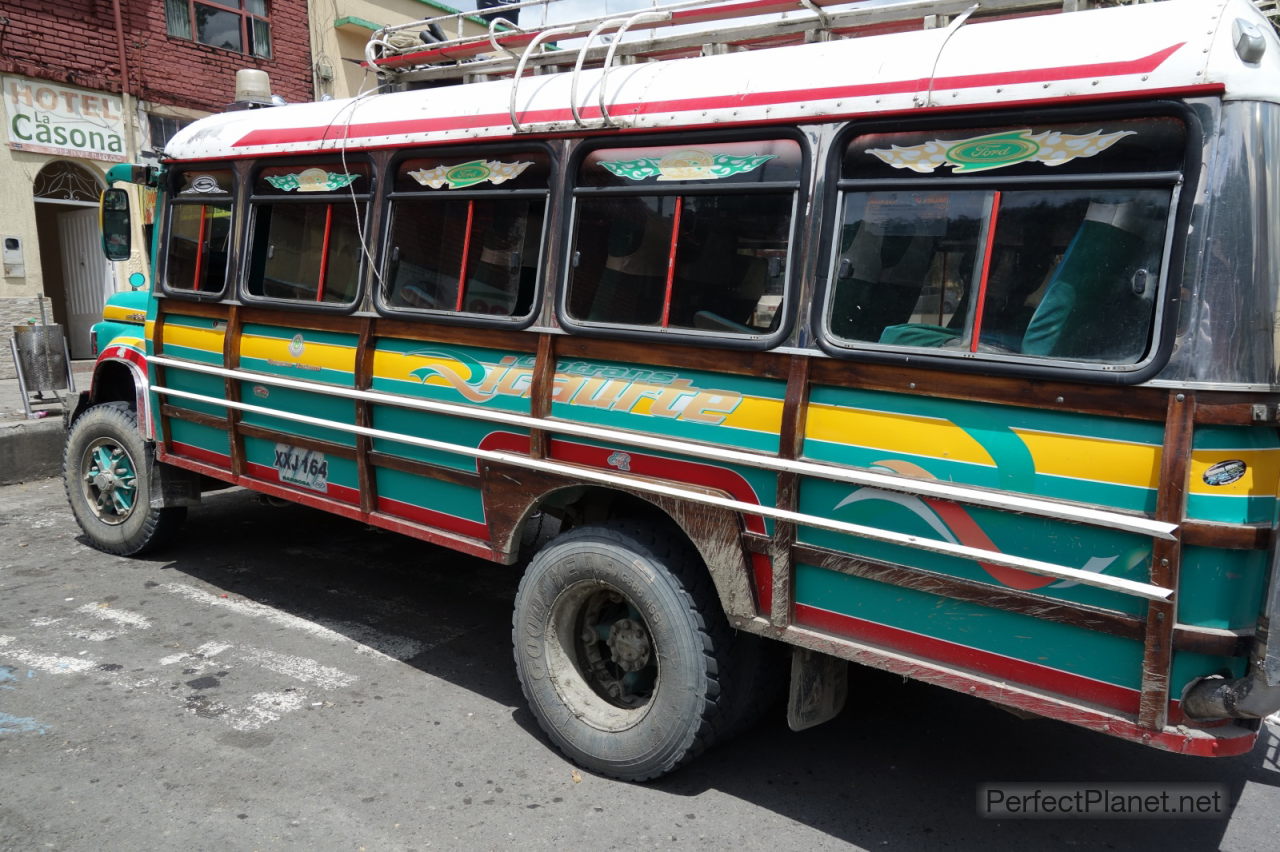
Local bus
On almost all journeys, even in some urban areas, the driver and the conductor work together. For example, in Cartagena, the driver charges according to the number of races he does per day and it is common to see the conductor running or even taking a motorcycle taxi to deliver the race form on time.
Taxi rides are usually quite cheap, however you must pay attention to the correct laps and legal tender. Some routes, such as those connecting the center of Bogota with El Dorado Airport, have a supplement. It is not recommended to stop taxis in the street, if you do remember that you must go only the driver and the vehicle has to indicate the company and the phone number of the taxi. In some cities there are standard fares for all routes within the city so please inform yourself before the cost of the ride (e.g. Santa Marta).
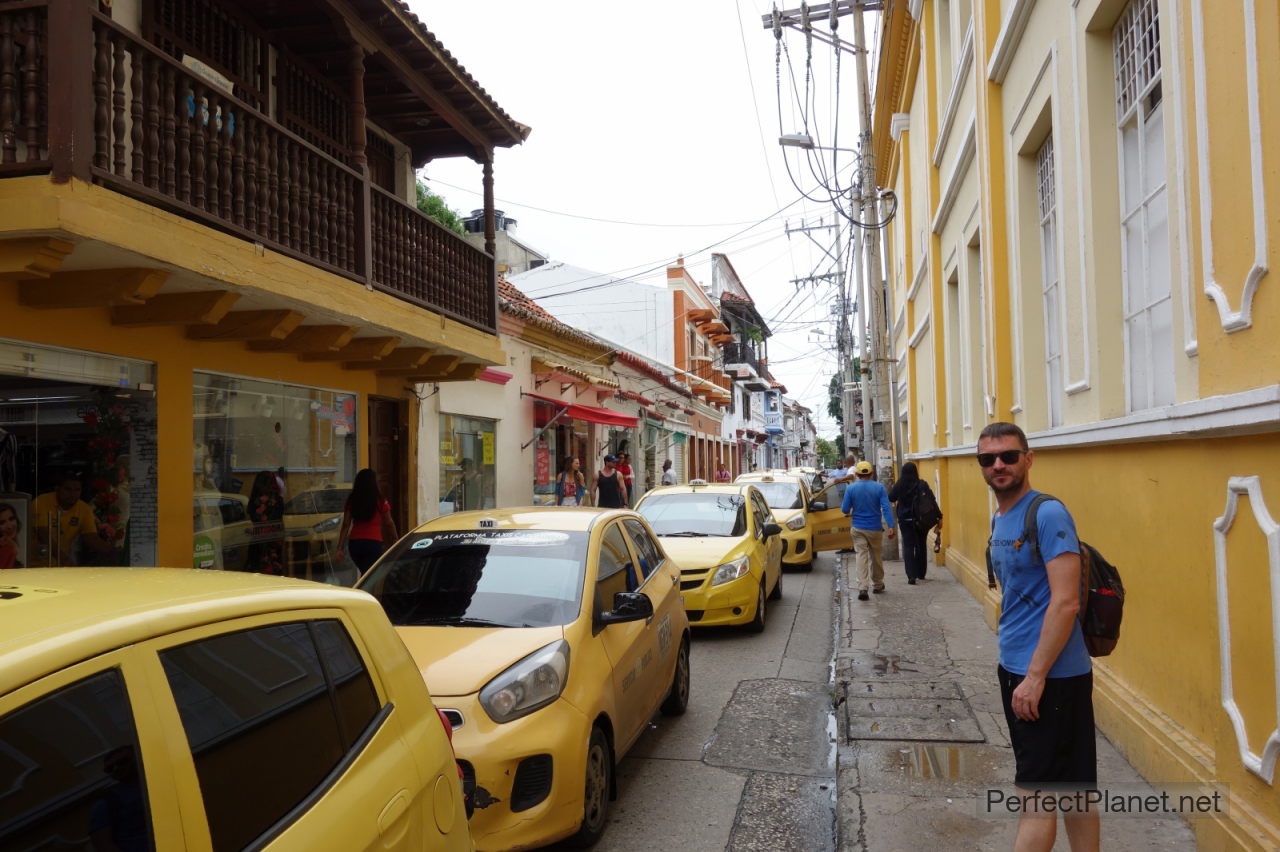
Cartagena de Indias
Accommodation
It is important to choose the accommodation according to the safest areas, especially in big cities, as it is already dark from 7pm and there are areas with little traffic.
Health
Before starting your trip, contact the international disease service. Don't forget a first aid kit with the essentials: medicines, betadine, antibiotic ointment, syringes, flint, bandages, band-aids, scissors, water pills, mosquito net, mosquito repellent, sun cream.
Security
In spite of the armed conflict that the country has suffered for decades, Colombia is a fairly safe country. Follow the advice of Lonely Planet Colombia, where it indicates the usual routes, but if you have doubts about the situation in some of the areas, find out first.
Robberies and muggings
In big cities like Bogota or Medellín and in urban transport you have to pay more attention to your belongings, unlike the national transport stations that will surprise you with their clean and well organized. In the centre of big cities and in tourist areas it is common to see police but at night it is not so common so it is advisable to follow the guide and the advice of the locals, who even during the day in cities like Medellín advise you not to leave your mobile phones in sight. It is advisable to take some accessible money in case you suffer any mishap, which was not our case.
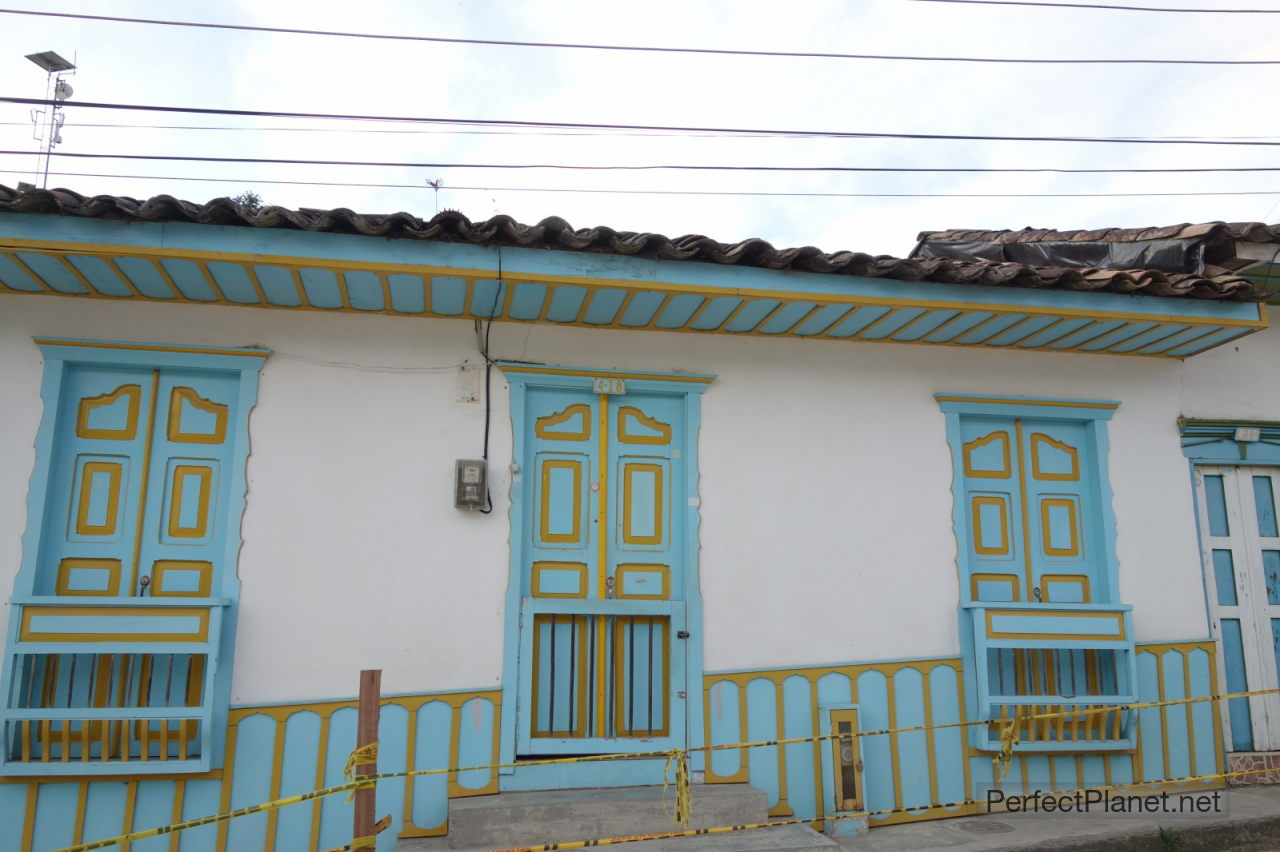
Salento
Gastronomy
There is a great variety but the soups are one of the best dishes in Colombia. The meat, in particular "sobrebarriga" is a delicacy. The traditional food like the bandeja paisa or other similar ones are meat or fish with accompaniment like arepas, patacones, rice, beans or lentils, salad, fried or cooked potatoes, yucca. What is most disappointing are the bakeries. They have empanadas, fritters, croissants, cakes, breads, sweet and savory. But they are not very tasty. They're good for a snack.
For breakfast, you can enjoy the typical calentao (beans with rice) accompanied by eggs, arepa with butter, cheese, "tinto" and sometimes fritters. Also famous is the tamale (filled with chickpeas and bone-in chicken) with chocolate and cheese.
It is usual in Colombian restaurants to be asked if you want to pay for the service, it corresponds to 8% of the amount of the bill. Almost all restaurants offer a menu for both lunch and dinner. In the area of Boyacá and Santander and North, consist of a first course, usually a soup, a second to choose and dessert, all accompanied by lemonade, oat beverage or water panela. Sometimes the second course is a tray ( rice, egg, arepa, avocado, salad and meat or fish).
Gold Museum Bogota
Connectivity
There is good internet connection and free wifi in practically all the country, both in establishments and in transport.
- Log in to post comments

